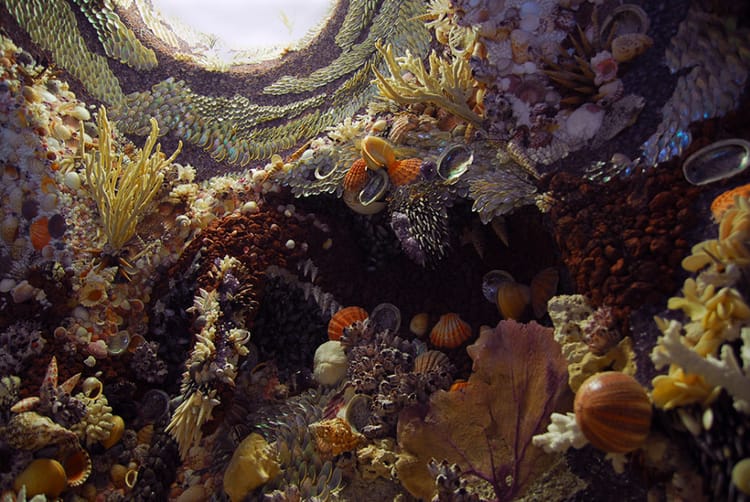internet explorers club | new year, newsletter!

Somehow it’s a new year. I’ve missed you all! Let’s get down to business. Furthermore, it’s cold somewhere in the United States (here in Los Angeles, it is what the locals refer to as chilly, by which we mean 65°), so here are a few good pieces to curl up with.
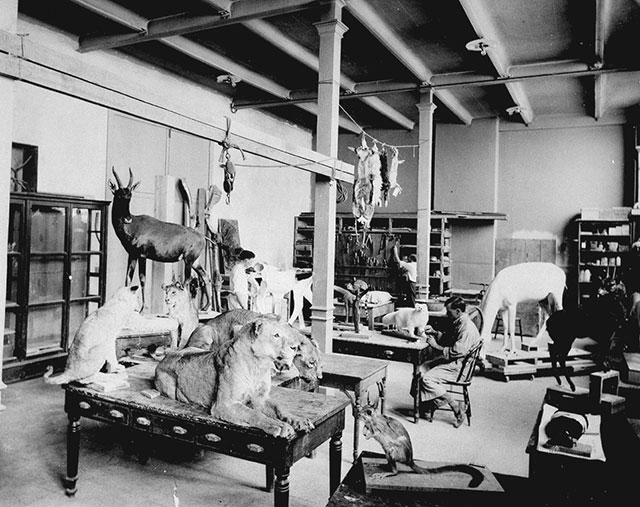
I adore bad taxidermy (this one is obviously the best), but I also love good taxidermy, natural history museums, and cabinets of curiosities, which means this piece on the history of taxidermy & how we create taxonomies around death is right up my alley.
The Broomway is a path in England that only appears when the tide is out—and is incredibly easy to get lost on. This is a fascinating look at what it’s like to walk it.
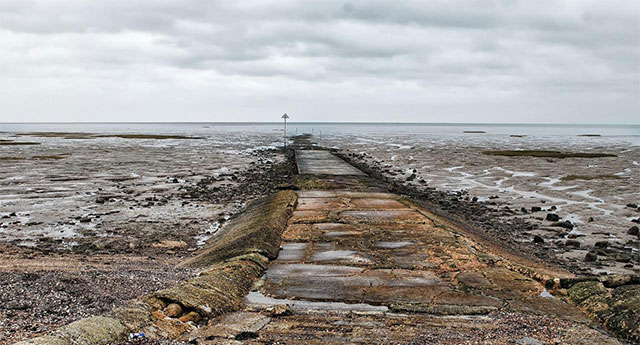
I am of course, always in favor of learning things from old shipwrecks encased in ice, so to learn that the recovered logbooks from one can help us learn more about the weather and temperatures of the past fascinated me.
Whale sharks are notoriously tricky to track, and tend to shed their tags when scientists attempt to track them. A new system of tracking is being developed, by using an algorithm designed to track stars—to be used to track the unique pattern of spots on individual whale sharks.
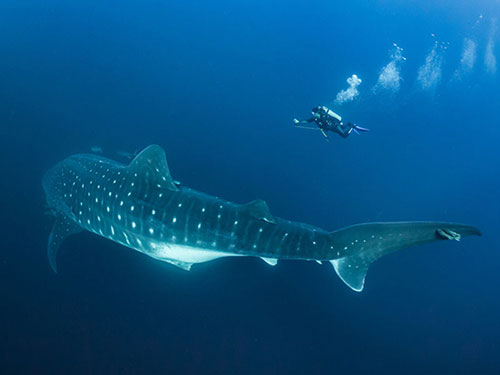
Someone dove into The Crown’s inclusion (or not!) of corgis, and how it related to the Queen’s actual relationships with them, not to mention how much the breed has changed in the last half-century.
Also out of England is this piece on The Knowledge, the intense class that London cabbies have to take before they are certified to drive the traditional black cabs. To be prepared, they need to be given two points anywhere in London, and be able to recite the most efficient route—from memory!—from point A to point B. This video from the piece showing someone “calling the route” is a must-see.
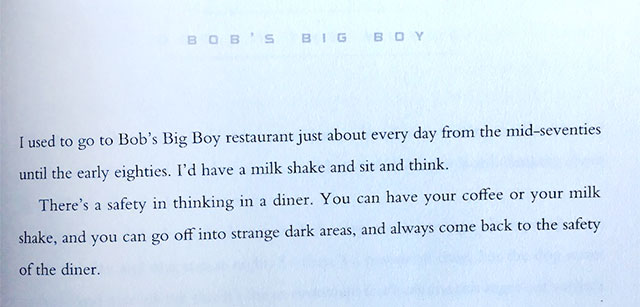
Leigh Alexander looks into why we still practice superstitious rituals with our technology, like blowing into game cartridges:
But because collectively our anecdotal experiences had led us to believe that blowing had some positive effect—it seemed to work, even if it took an unpredictable number of puffs, amid all kinds of other unknown factors—we established a ritual. Our belief that blowing on cartridges does something is stronger even than evidence to the contrary.
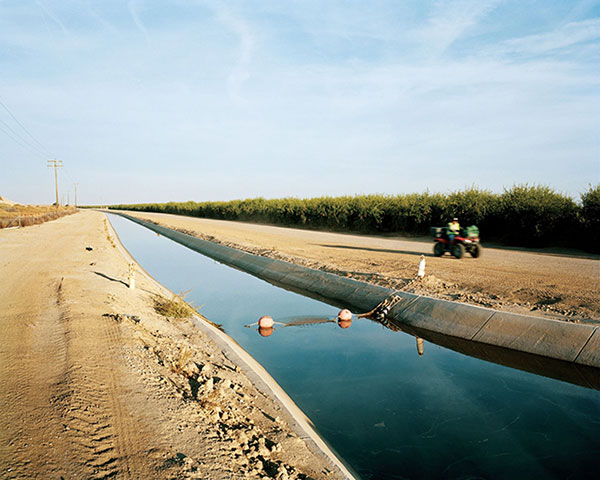
Long Reads: Having driven up and down the 5 quite a bit in the last few years, I can’t help but notice all the signs protesting water regulations of farms in the San Joaquin Valley. This is a very long (by which I mean technically novella length, so strap in) look at Stewart and Lynda Resnick, who own 180,000 acres of land full of nut trees and pomegranates. They also use an incredible amount of water:
He uses more water than any other person in the West. His 15 million trees in the San Joaquin Valley consume more than 400,000 acre-feet of water a year. The city of Los Angeles, by comparison, consumes 587,000 acre-feet.
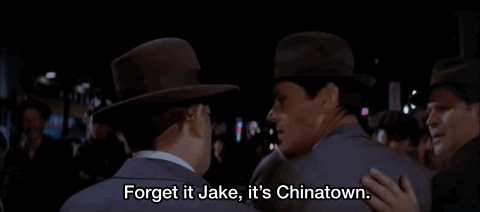
As a final (shorter) note, Natasha Frost takes a look into the history of the moment—which was a unit of time as long as 90 seconds in the middle ages, but how that’s shifted with modern life—and what imperfections in timekeeping still exist.
Etcetera: In a remote Irish town, a goat reigns supreme — for a few days, at least. Bloodstained ice axe used to kill Trotsky emerges after decades in the shadows. College Students Clamor To Get Into A Weekly 7-Hour Class On Despair (this actually sounds great).

